For my most recent trip, I picked some of the finest freshwater diving destinations in Canada and the United States. Ironically, I was diving in the dessert of Nevada, snowy Ontario and Florida Springs within the space of three weeks. Initially oblivious to the amazing quality of freshwater diving, I quickly realized that this was to become a tour of America’s best inland sites.
Diving the Desert of the American West
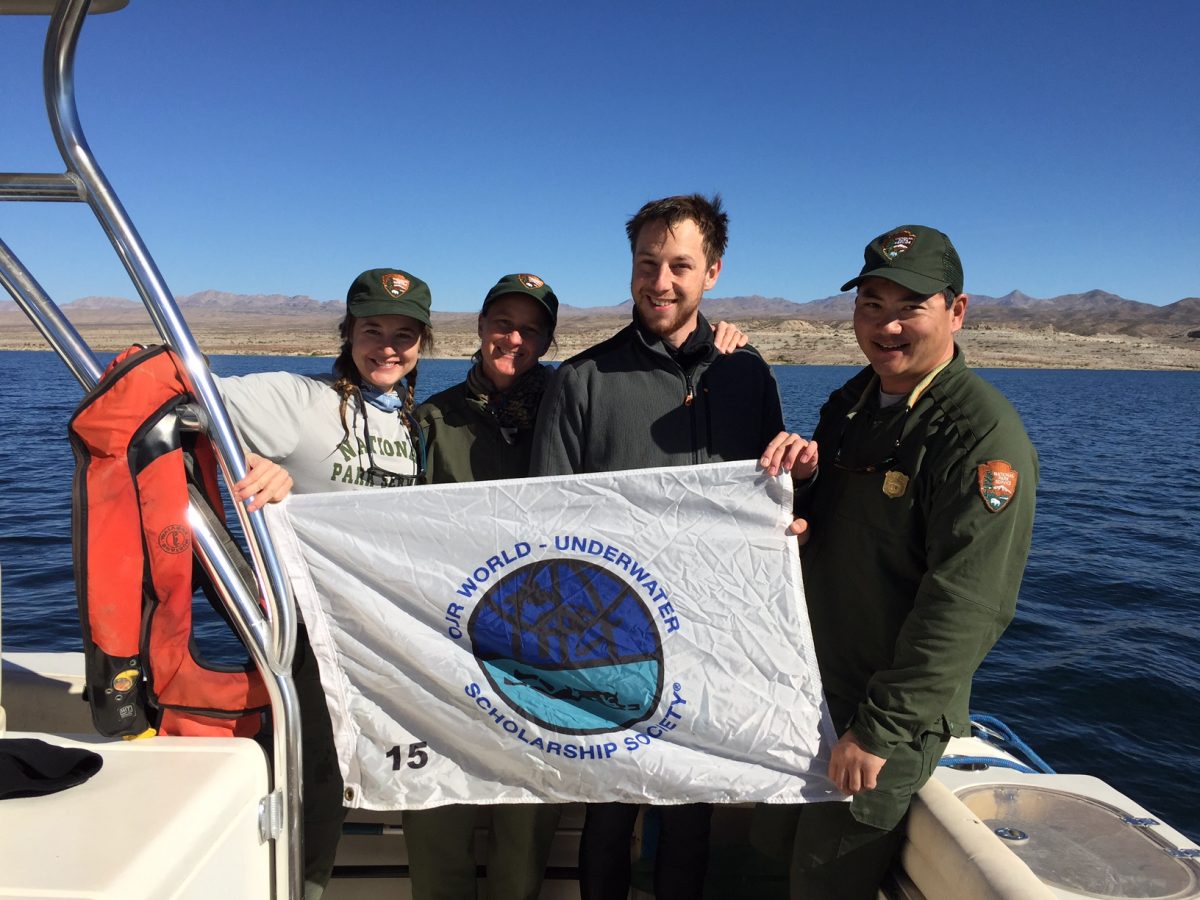
Just before the Diving Equipment and Marketing Association’s trade show in Las Vegas, I joined the US National Park Service Submerged Resources Center for some diving in Nevada. You probably haven’t ever considered to dive the desert of the American West. The only reason that there is any water to speak of (and dive in) is the construction of the Hoover Dam. During the Great Recession, this immense hydropower project created a lot of jobs and electricity. But it also formed Lake Mead by blocking the Colorado River. An aggregate and a concrete plant that testify to the historic construction of the dam were flooded in the process.

Archaeologists of the National Park Service have mapped the submerged historical sites and monitor changes due to dropping water levels and recreational activities in Lake Mead. While some of the dive sites were serious technical challenges only ten years ago, a 30m drop in water levels has brought them into recreational diving depths. A prime example is a B29 World War II bomber in 33m of water. This aircraft crashed after secret testing exercises of missile positioning technology during the cold war. It was a huge privilege to dive this spectacular site with a team of expert archaeologists, who worked in the initial mapping after the site was discovered.
Canadian River Diving
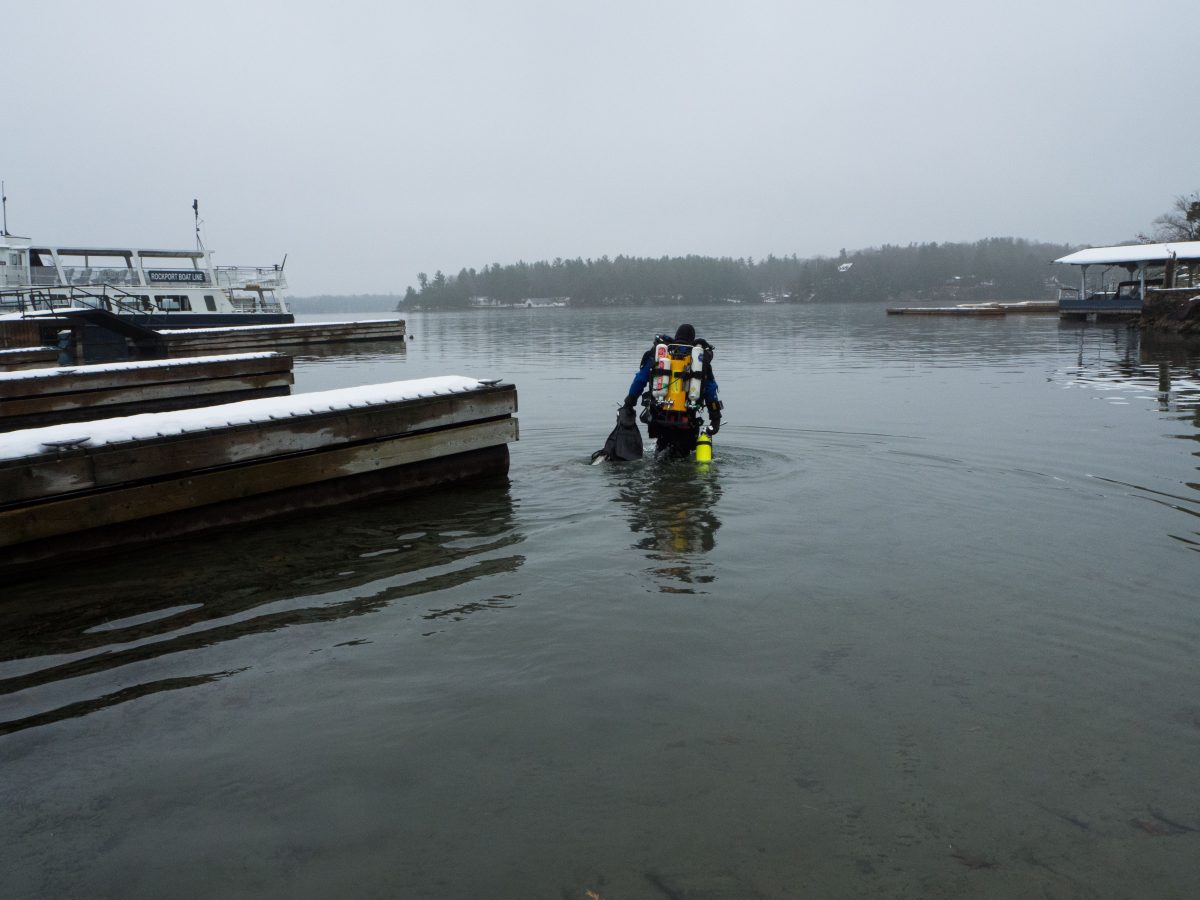
After diving Nevada’s deserted and flooded history, the shipwrecks of the St Lawrence River in Ontario almost appeared natural. While the cause of their submersion was ordinary by comparison to the flooding of the Colorado River valley, the wrecks are just as exceptional dive sites. I travelled to Brockville to complete my 60m CCR Trimix course with Mike Fowler at Silent Diving, the North American representative for AP Inspiration rebreathers. The course expanded not only my diving skills, but also my understanding of mixed gas and decompression theory, bail-out considerations and rebreathers in general. Additionally, I got to dive the stunningly intact wrecks of the Robert Gaskin, the Daryaw and the Lillie. A foot of snow and rapidly dropping water temperatures did not keep us from having a good time. On the contrary, it ensured good visibility of up to 15m and added a real sense of achievement.
Northern Florida caves
Two weeks of diving the Northern Florida springs concluded my tour of epic freshwater sites. Taking the plane from Ottawa to Jacksonville, I had to deal with a 25°C increase in air temperature. The water, at about 20°C, felt like a hot tub compared to the St. Lawrence, and everyone laughed at me for only using a J2 baselayer under my drysuit. Lamar Hires of Dive Rite introduced me to the Florida caves, deepened my cave diving skills and taught me to use side-mount systems. Open circuit side-mount cylinders balance out extremely well and gave me a novel feeling of freedom underwater with an incredibly light back. For overhead environments this is a great way to maintain spatial awareness and minimize the impact on the environment.
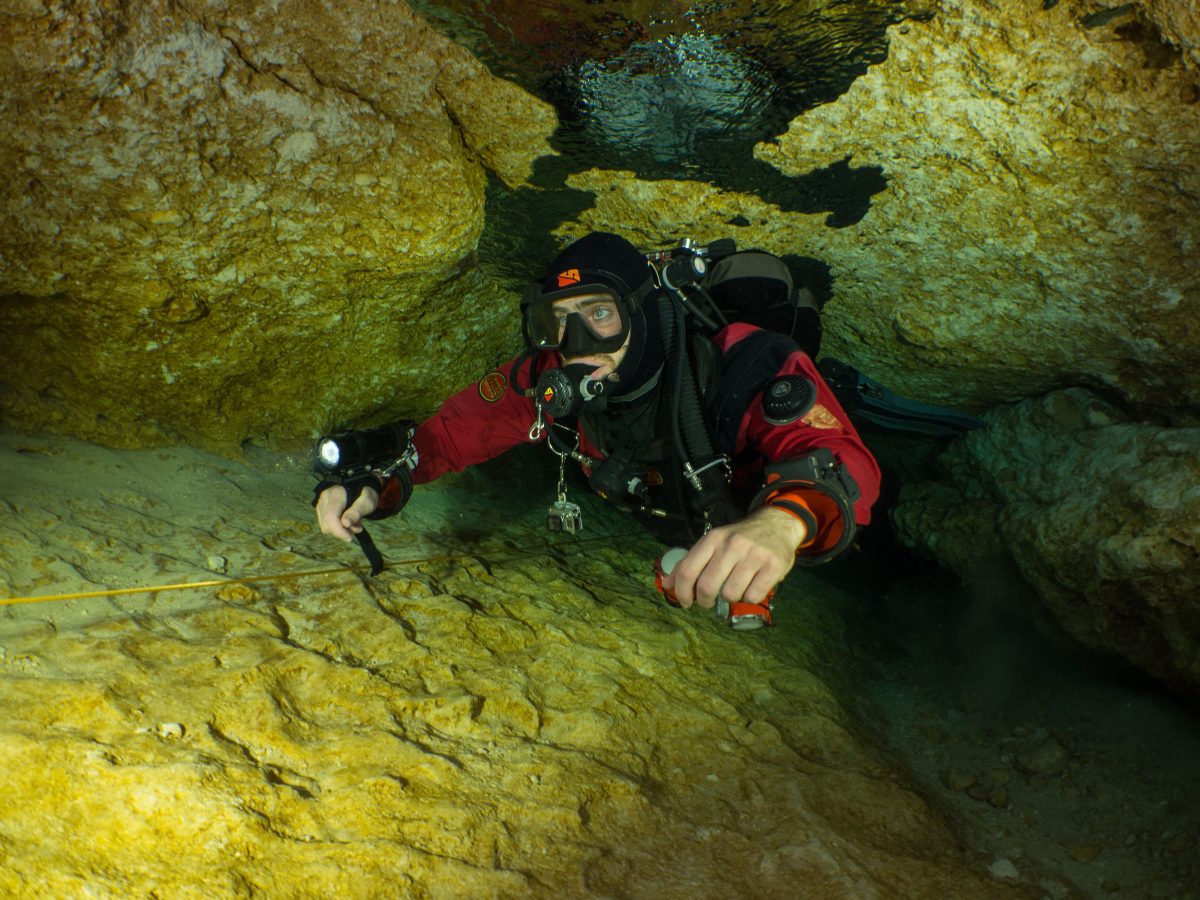
Northern Florida caves are called ‘springs’ for a reason — they pump out water at sometimes intimidating flow speeds. Lamar was the ideal instructor to show me how to deal with the flow, and concurrently provide a reality check about my diving fitness and ability to read these caves. Learning from someone who has such tremendous experience diving these caves and shaped the industry brought me back down to earth.
Back on the Rebreather
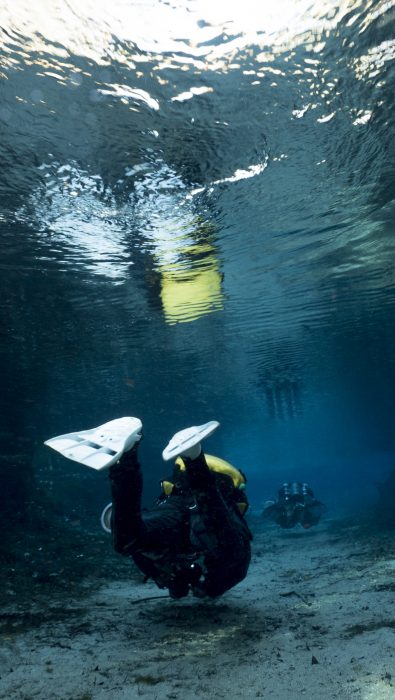
After a week with Lamar, who shared his insights and inspiring enthusiasm, I got back onto the rebreather. Jon and Lauren from Kieren Technical took me to revisit all the cave systems and learn more about the springs. With the advantages of closed circuit units, we spent more time in the water, taking photos and videos of this incredible underground world. Finding the highlights of this week is nearly impossible, because every single dive was a blast. But I will always remember the dive from Orange Grove to Peacock Spring: my first cave traverse. With the many sinkholes that would allow exiting the cave system in case the entire traverse cannot be completed, this is an ideal site for a first crossing from one entrance to another. We did it twice — back and forth in a single three-hour dive.
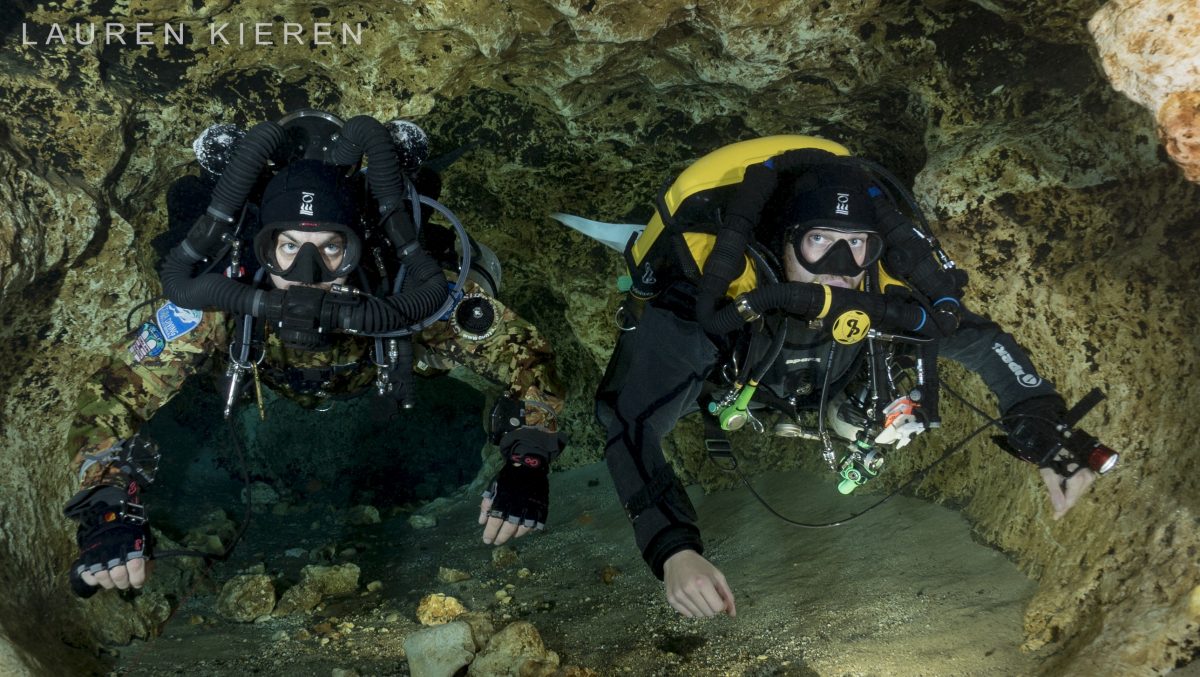
As a UK based diver, I hadn’t ever really thought of traveling in order to dive inland sites — let’s admit that Stoney Cove or Chepstow are not exactly prime holiday diving destinations. However, this trip has changed my mind and I hope to fill in a gaping hole of this grand tour of America’s freshwater dive sites: the wrecks of the Great Lakes.